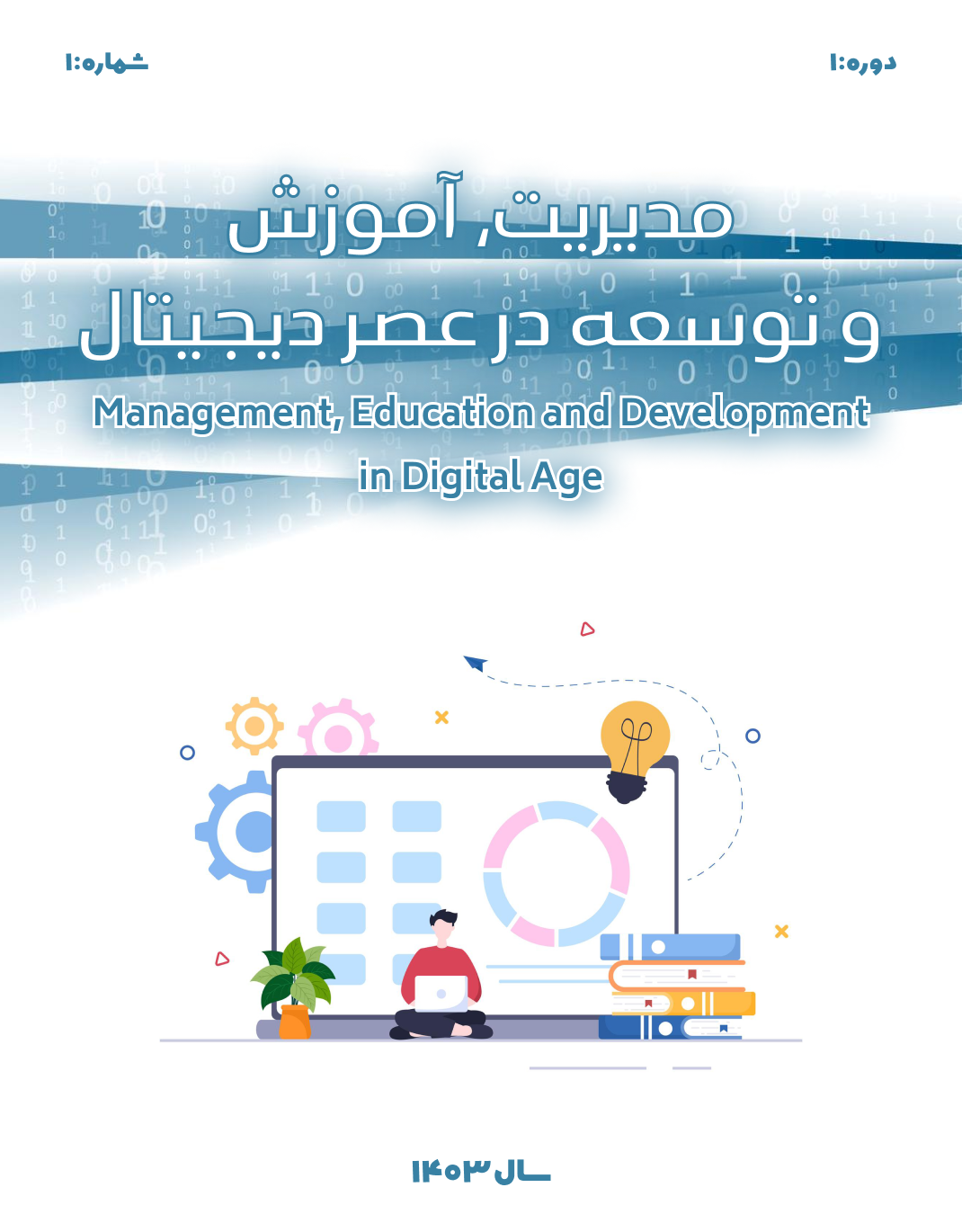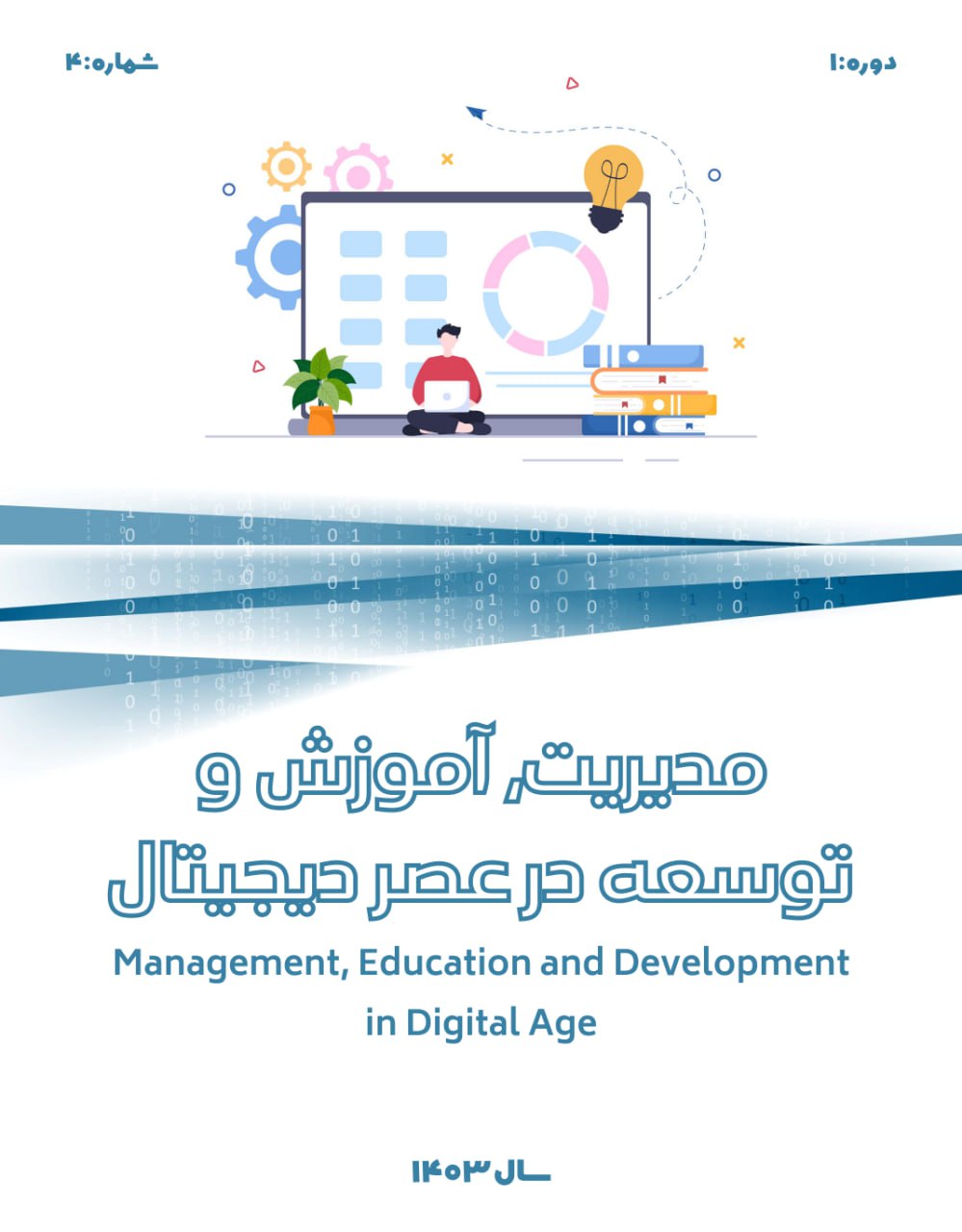Assessment and Comparison of Geography Teachers' Digital Competency Levels with the International Society for Technology in Education (ISTE) Standards
Keywords:
Digital competencies, geography teachers, educational technology, nternational Technology Association standardsAbstract
In today's era of technological advancements, the necessity for enhancing teachers' digital competencies has become increasingly evident. This study aims to evaluate the digital competency levels of geography teachers in Iraq and compare them with the ISTE standards. The research follows a survey methodology, and the study population includes all geography teachers in secondary schools across Iraq. According to statistical data from the Iraqi Ministry of Education, the total number of geography teachers is approximately 4,000. A stratified random sampling method was employed to ensure representation from all geographical regions (North, South, Center, East, and West of Iraq). The sample size was determined using the Krejcie and Morgan table, resulting in a total of 400 participants. A researcher-developed questionnaire was used as the data collection instrument. The findings indicated that Iraqi teachers' digital competency levels are lower than international standards. The most significant barriers to developing digital competencies included inadequate infrastructure, lack of sufficient training, and resistance to change. Additionally, teachers with more years of teaching experience and better internet access exhibited higher competency levels. This study underscores the importance of investing in technological infrastructure, providing specialized training, and changing teachers' attitudes toward technology use. By addressing the existing research gap, this study can serve as a guide for policymakers and educational planners in Iraq.
Downloads
Downloads
Published
Submitted
Revised
Accepted
Issue
Section
License
Copyright (c) 2024 ايهاب رزاق نايف الشافعی (نویسنده); نصراله قشقایی زاده; حسن محمد کاظم جدیلی, نركَس سعيديان خوراسكَانى (نویسنده)

This work is licensed under a Creative Commons Attribution-NonCommercial-NoDerivatives 4.0 International License.









